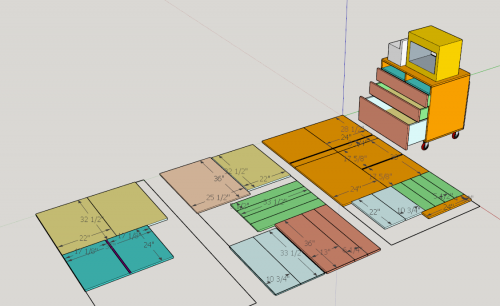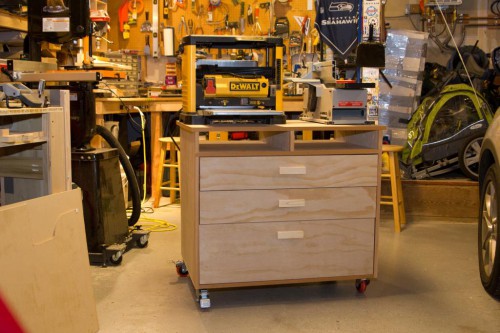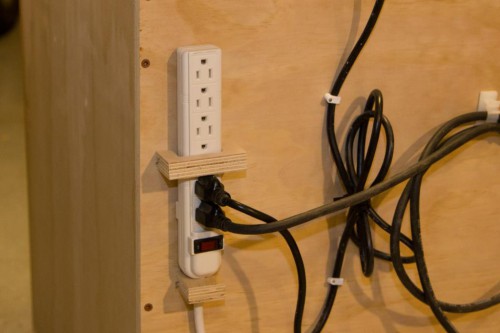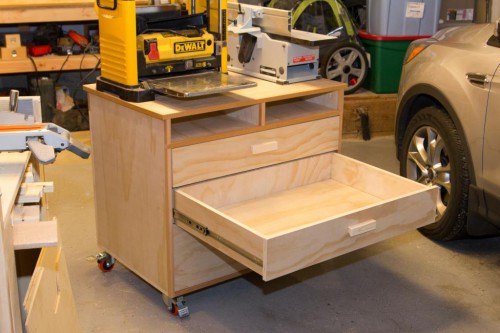When we moved in, we bought some cheapo plastic silverware drawer organizers. They work ok, but they never really fit the drawers. I was looking for an excuse to use my new box joint jig and I decided the silverware drawer would be a good project.
I had walnut laying around and I wanted to use a nice hardwood for the box joints so this whole project got made out of walnut. It’s kind of ridiculous but it’s so much fun to work with walnut. I resawed it on the bandsaw and planed everything down to thickness. The Wixley digital planer gauge that I got for Christmas really worked nicely for the planing. I glued two pieces together to make the bottom, cut the box joints and then cut the dados for all the inserts.
My original plan was to glue it up but everything fit so nicely that I’m not going to glue the pieces in. This way we can easily remove them to clean the drawer out if we need to. I put on a bunch of coats of lacquer and then let it cure for a few days before sticking it in the drawer.
Is it overklil to have a solid walnut silverware drawer? Yep. But I love that everything fits so much nicer now and it was a good learning experience.

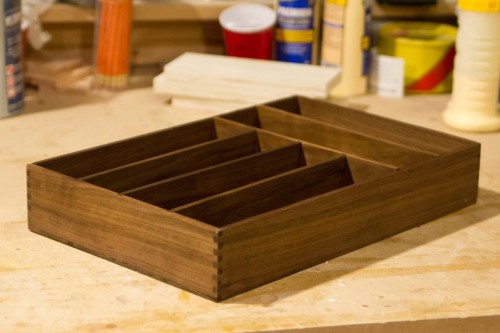
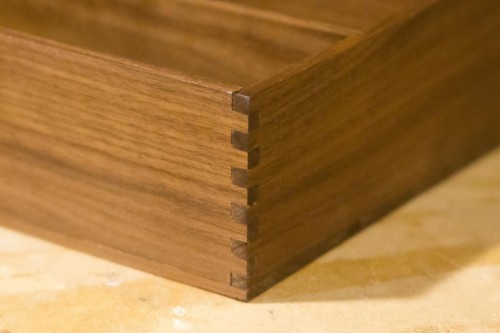

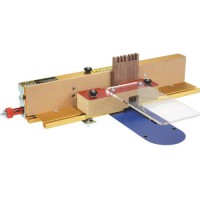
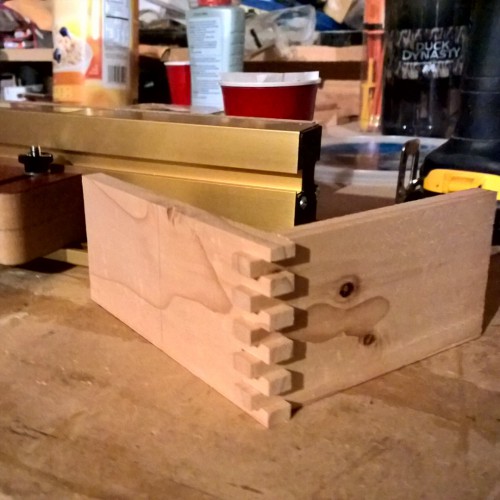

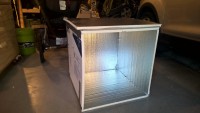
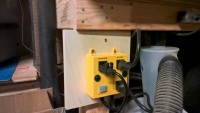
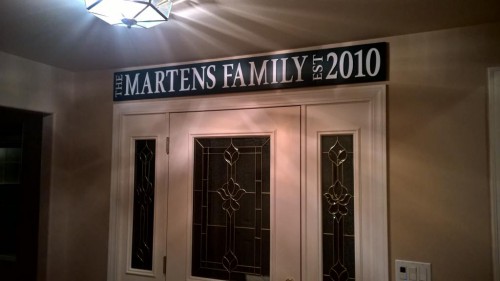
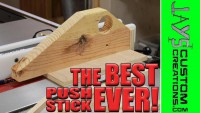
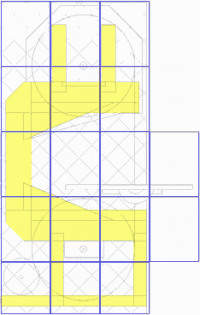 I’m working on a new decorative sign for our house. After I had drawn it at full size in Photoshop Elements, I needed to print it full-size, tiled across multiple sheets of paper. It seems like there are a lot of ways to do this, but it took me long enough to figure out that I figured I should write it down.
I’m working on a new decorative sign for our house. After I had drawn it at full size in Photoshop Elements, I needed to print it full-size, tiled across multiple sheets of paper. It seems like there are a lot of ways to do this, but it took me long enough to figure out that I figured I should write it down.